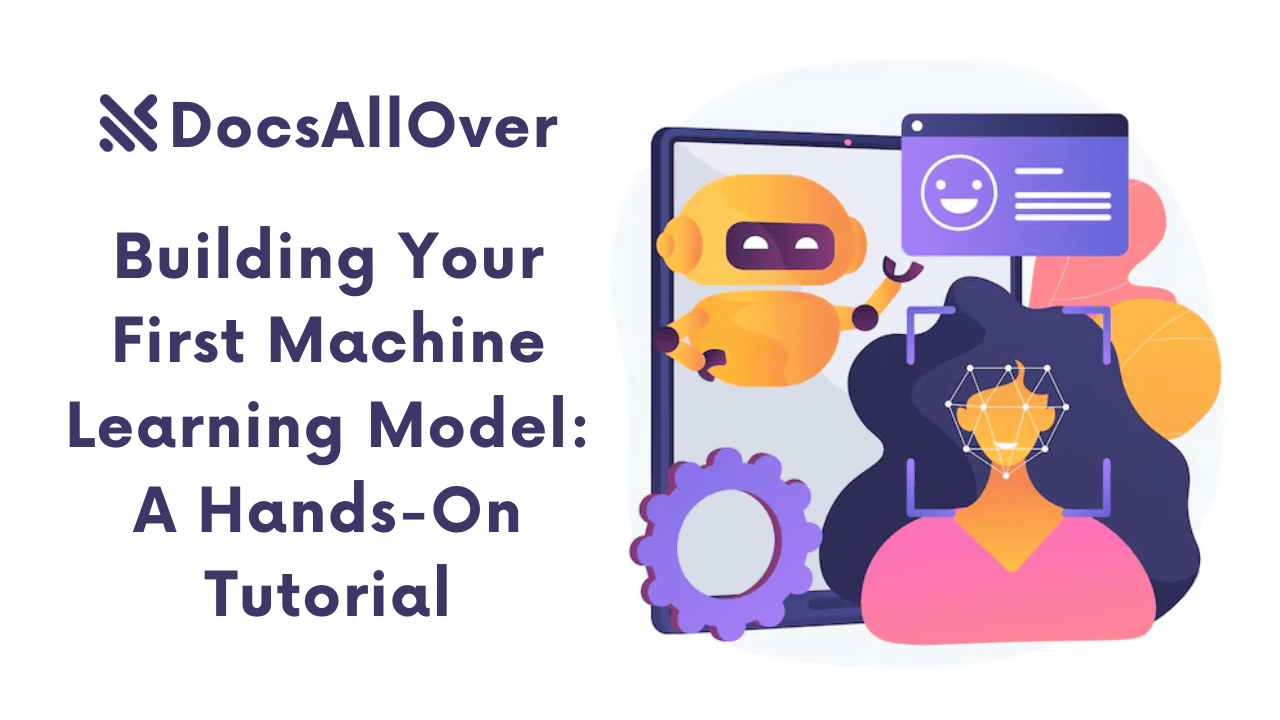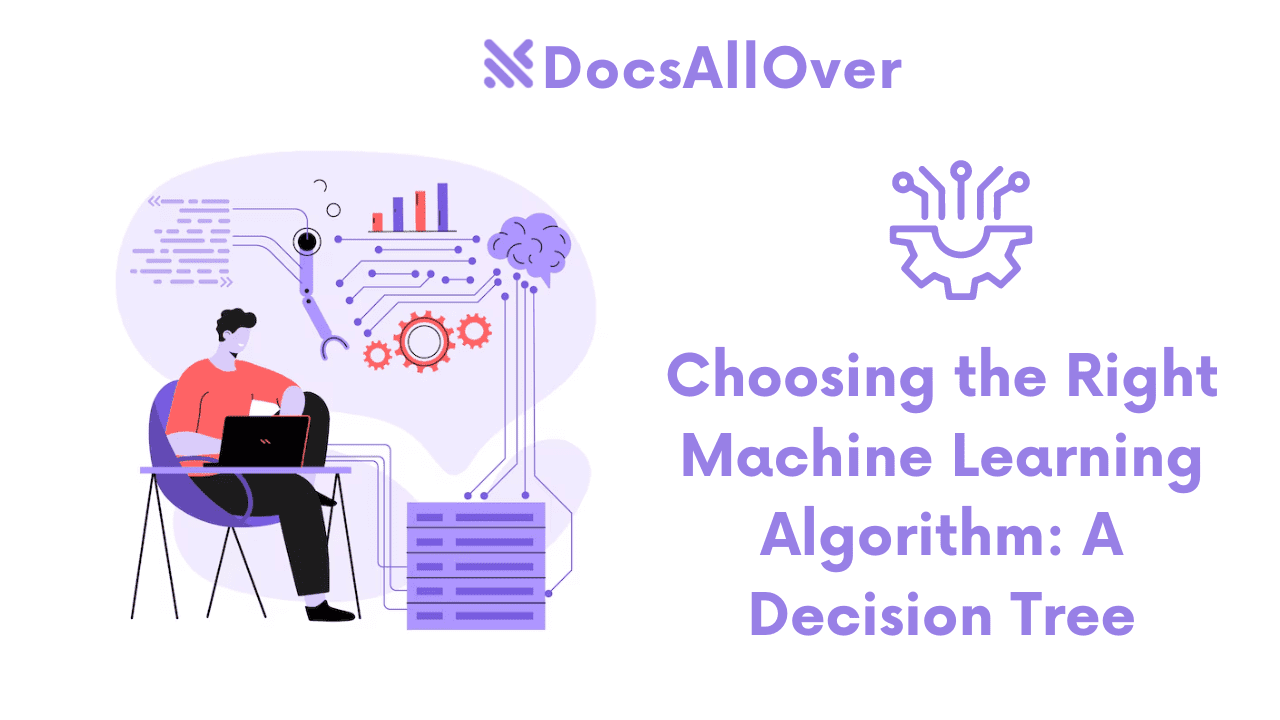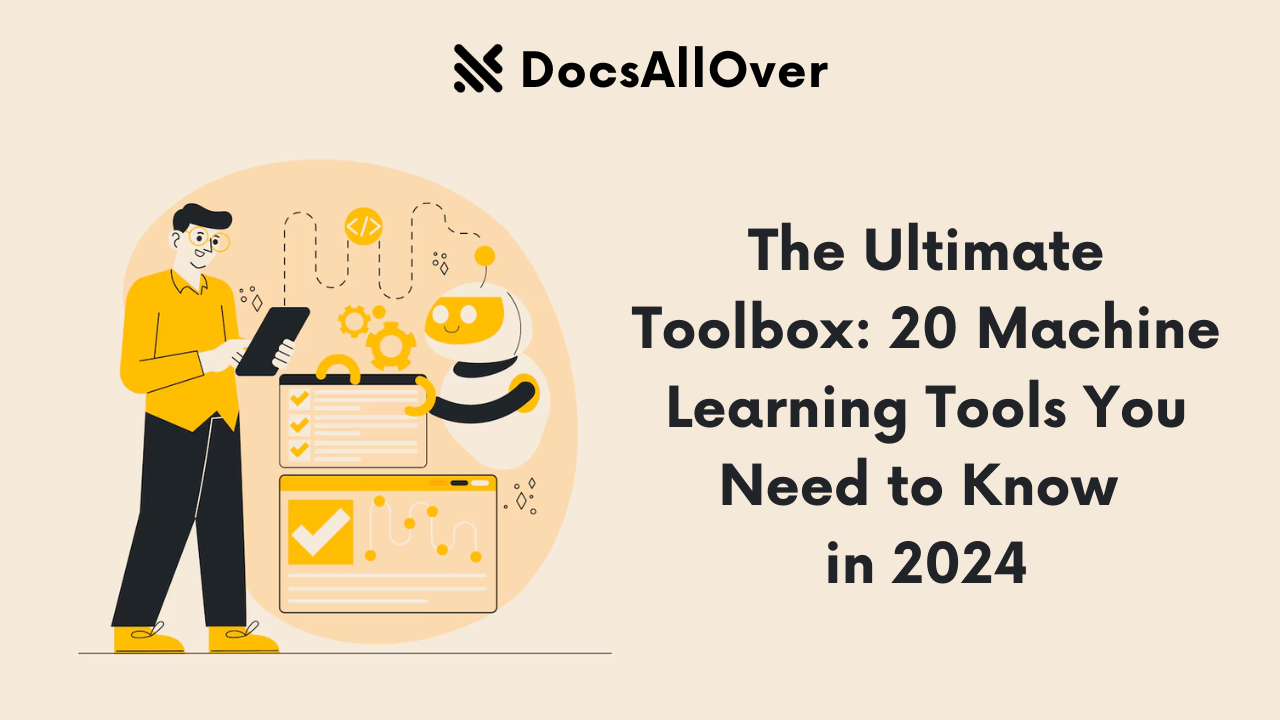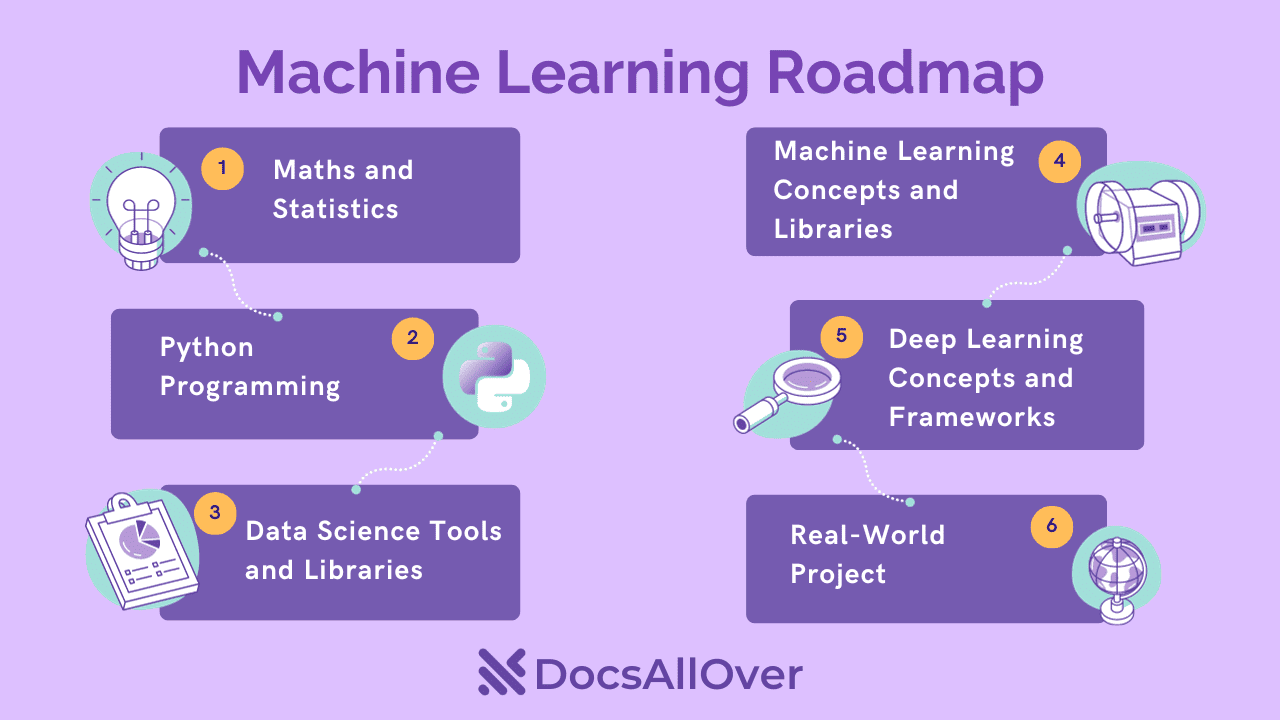Building Your First Machine Learning Model: A Hands-On Tutorial

What is Machine Learning?
Machine Learning is a subset of Artificial Intelligence that enables systems to learn from data and make predictions or decisions without explicit programming. It involves algorithms that can identify patterns in data and make intelligent decisions.
Why Learn Machine Learning?
- High Demand: Machine Learning is a rapidly growing field with high demand for skilled professionals.
- Real-world Applications: It's used in various fields, including healthcare, finance, marketing, and autonomous vehicles.
- Problem-solving: Machine Learning can solve complex problems that traditional programming methods struggle with.
Setting Up the Environment
- Install Python:
- Download the latest Python version from the official website: https://www.python.org/downloads/
- Follow the installation instructions for your operating system.
- Install Required Libraries:
- Open your terminal or command prompt.
- Use the
pippackage manager to install the necessary libraries: - NumPy: For numerical operations and array manipulation.
- Pandas: For data analysis and manipulation.
- Scikit-learn: For machine learning algorithms.
- Matplotlib: For data visualization.
- Verifying Installation:
- Open a Python script and import the libraries:
- If there are no errors, your environment is set up correctly.
With this setup, you're ready to start your machine learning journey.
Data Collection and Preparation
Understanding the Problem Statement
The first step in any machine learning project is to clearly define the problem you want to solve. This will guide your data collection and preprocessing efforts.
For example, if you want to predict house prices, your problem statement would be: "Given a set of features like square footage, number of bedrooms, and location, predict the price of a house."
Gathering Data
Once you've defined your problem, you need to gather relevant data. This data can come from various sources, such as:
- Public Datasets: Kaggle, UCI Machine Learning Repository, and Google Dataset Search.
- Web Scraping: Extracting data from websites.
- API Data: Fetching data from APIs.
- Sensor Data: Collecting data from sensors.
Data Cleaning and Preprocessing
- Handling Missing Values: Impute missing values using techniques like mean imputation, median imputation, or mode imputation.
- Outlier Detection and Handling: Identify and handle outliers using techniques like z-score or IQR.
- Data Normalization and Standardization: Scale numerical features to a common range to improve model performance.
- Categorical Data Encoding: Convert categorical features into numerical format using techniques like one-hot encoding or label encoding.
Feature Engineering
Feature engineering involves creating new features from existing ones to improve model performance. This can include:
- Feature Transformation: Applying mathematical transformations like log or square root.
- Feature Creation: Combining existing features to create new ones.
- Feature Selection: Identifying the most relevant features to reduce dimensionality.
Splitting Data into Training and Testing Sets
The dataset is typically split into two subsets:
- Training Set: Used to train the machine learning model.
- Testing Set: Used to evaluate the model's performance on unseen data.
A common approach is to use a 70-30 or 80-20 split.
Model Selection and Training
Choosing the Right Algorithm
The choice of algorithm depends on the nature of your problem and the type of data you have. Here are a few common algorithms:
- Linear Regression: Used for predicting continuous numerical values.
- Logistic Regression: Used for binary classification problems.
- Decision Trees: Used for both classification and regression problems.
- Random Forest: An ensemble method that combines multiple decision trees.
- Support Vector Machines (SVM): Used for both classification and regression problems.
- Naive Bayes: Used for classification problems, especially text classification.
- K-Nearest Neighbors (KNN): Used for both classification and regression problems.
Training the Model
Once you've selected an algorithm, you can train it on your training data. This involves feeding the data to the algorithm, which learns patterns and relationships within the data.
Example using Scikit-learn:
Model Evaluation Metrics
To evaluate the performance of your model, you can use various metrics:
- Accuracy: The proportion of correct predictions.
- Precision: The proportion of positive predictions that are actually positive.
- Recall: The proportion of actual positive cases that are correctly identified.
- F1-score: The harmonic mean of precision and recall.
- Mean Squared Error (MSE): Measures the average squared difference between predicted and actual values.
- Root Mean Squared Error (RMSE): The square root of MSE.
Example:
Model Evaluation
Making Predictions
Once your model is trained, you can use it to make predictions on new, unseen data.
This will generate predictions for the X_test data, which can be compared to the actual values in y_test to evaluate the model's performance.
Evaluating the Model's Performance
There are various metrics to evaluate a model's performance, depending on the type of problem:
Regression:
- Mean Squared Error (MSE): Measures the average squared difference between the predicted and actual values.
- Root Mean Squared Error (RMSE): The square root of MSE.
- Mean Absolute Error (MAE): Measures the average absolute difference between predicted and actual values.
Classification:
- Accuracy: The proportion of correct predictions.
- Precision: The proportion of positive predictions that are actually positive.
- Recall: The proportion of actual positive cases that are correctly identified.
- F1-Score: The harmonic mean of precision and recall.
- Confusion Matrix: A table that shows the number of correct and incorrect predictions for each class.
Example:
Addressing Overfitting and Underfitting
- Overfitting: Occurs when a model is too complex and fits the training data too closely, leading to poor performance on new data.
- Regularization: Techniques like L1 and L2 regularization can help reduce overfitting.
- Early stopping: Stop training the model before it overfits.
- Underfitting: Occurs when a model is too simple and fails to capture the underlying patterns in the data.
- Increase model complexity: Use more complex models or add more features.
- Reduce regularization: Decrease the strength of regularization techniques.
By carefully evaluating your model's performance and addressing overfitting and underfitting, you can improve its accuracy and generalizability.
Model Deployment
Saving the Model
Once you've trained a satisfactory model, you'll want to save it for future use. Popular methods include:
- Using Pickle:
- Using Joblib:
Deploying the Model
The deployment method depends on your specific use case and technical expertise. Here are some common approaches:
- Web Application:
- Framework: Use a web framework like Flask or Django to create a web application.
- Model Loading: Load the saved model into the application.
- User Interface: Create a user interface for users to input data and receive predictions.
- API:
- Framework: Use a framework like Flask or FastAPI to create a REST API.
- Model Integration: Integrate the model into the API to handle incoming requests and return predictions.
- Deployment: Deploy the API to a web server or cloud platform.
- Cloud Platform:
- Cloud Services: Utilize cloud platforms like AWS, GCP, or Azure to deploy your model.
- Model Serving: Use services like AWS SageMaker, Google Cloud AI Platform, or Azure Machine Learning to deploy and manage your model.
- API Integration: Create APIs to expose your model's functionality to other applications.
Example (Using Flask):
By deploying your model, you can make it accessible to others and integrate it into various applications.
Remember:
- Security: Implement robust security measures to protect your model and data.
- Monitoring: Monitor your deployed model's performance and retrain it as needed.
- Scalability: Consider your model's scalability requirements and choose appropriate deployment strategies.
By following these guidelines, you can successfully deploy your machine learning model and put it into production.










